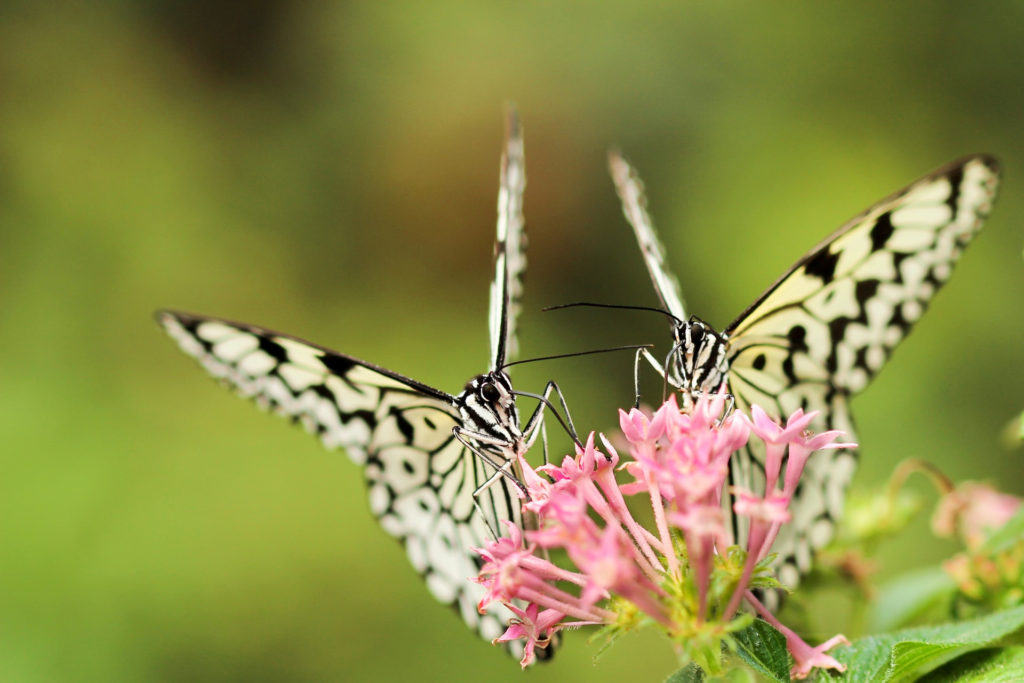(par 2.1 ) Ecosystems and habitats

Ecosystems and habitats https://www.le.ac.uk/se/centres/sci/selfstudy/eco2.htm The thin layer of the Earth’s surface where living things are able to survive is called the biosphere. It is about 20km thick, from the bottom of the oceans high up into the atmosphere. Physical conditions outside the biosphere are too extreme to support life. Ecosystems are discrete, recognisable, self-sustaining units within the biosphere, […]
(par 2.3) Why whale poo matters

http://www.theguardian.com/environment/georgemonbiot/2014/dec/12/how-whale-poo-is-connected-to-climate-and-our-lives Friday 12 December 2014 07.00 GMT George Monbiot Not only does nutrient-rich whale poo help reverse the effects of climate change – it’s a remarkable example that nothing in the natural world occurs in isolation Whales often feed at depth but return to surface waters to defecate. Their faecal plumes fertilises the surface waters […]
(par 2.2.2. 4 ) Anthropocene (taken from wikipedia)

http://en.wikipedia.org/wiki/Anthropocene From Wikipedia, the free encyclopedia The Anthropocene is an informal geologic chronological term for the proposed epoch that began when human activities had a significant global impact on the Earth‘s ecosystems.[1] The term—which appears to have been used by Russian scientists at least as early as the 1960s[2] to refer to the Quaternary, the most recent geological Period—was coined with a different sense in the […]
